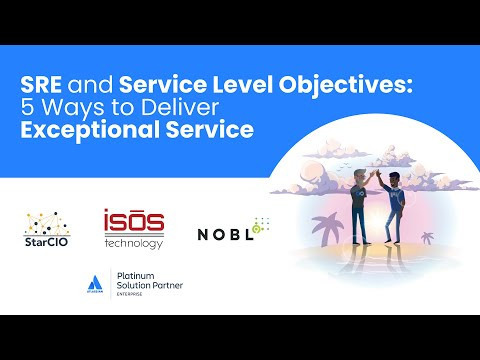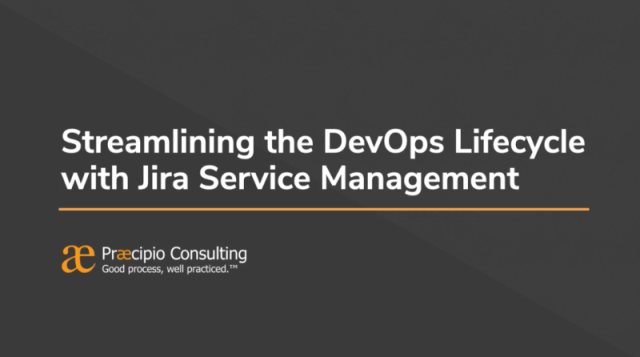Agile DevOps is a collaborative and iterative software development approach that has evolved over time. While DevOps has traditionally focused on building, testing, and releasing software faster and more reliably, the next challenge is to expand from building to running. SRE is a fast-growing practice that optimizes software development for reliability and helps organizations deliver an exceptional customer experience. SLO is critical to tracking reliability goals and managing the tradeoff between feature delivery and technical debt.
The expert panel will also touch on how Nobl9's SLO platform and Dynatrace's cloud intelligence platform integrate with Atlassian tools to align DevOps teams and business stakeholders and help organizations build and run smarter. Learn more here.















